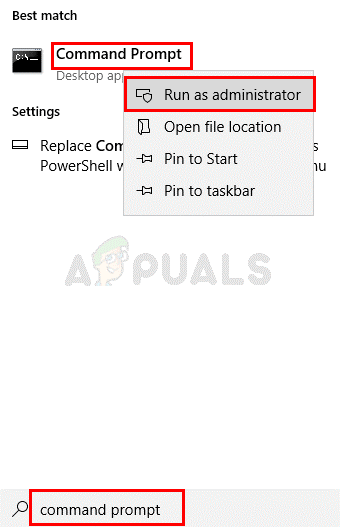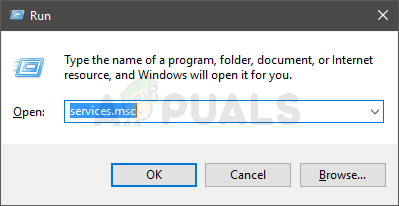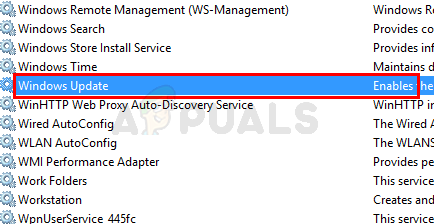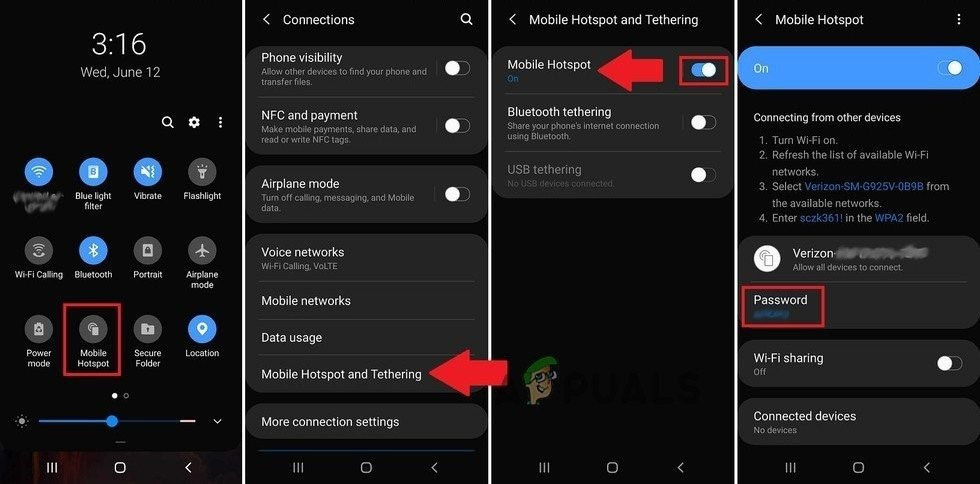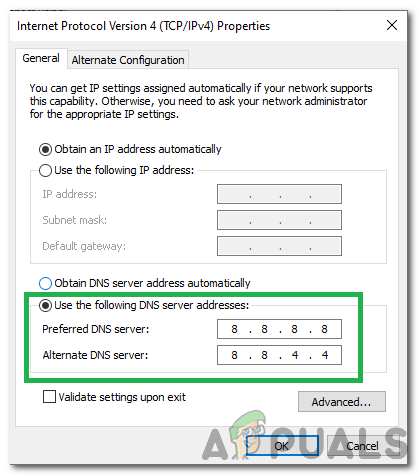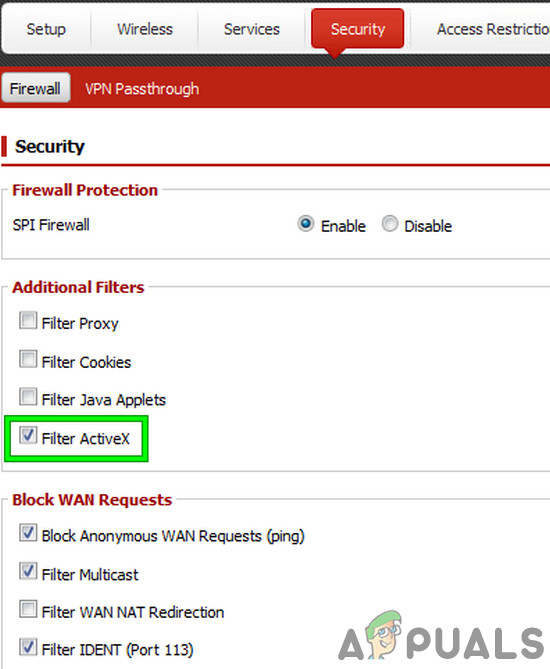This error message will prevent the user from updating Windows. This error occurs when some of the CAB files get corrupted. There can be multiple reasons for corruption but most likely one is that your ISP has cached the Microsoft Updates (so it doesn’t have to download it over and over) and some of those files got corrupted. Make sure your Antivirus application is turned off or disabled. Every antivirus application has a disable option in its main panel or settings. Antivirus applications have known to cause issues with the Windows Updates. Windows on Troubleshooter has worked for a few users. Since it is a lot easier to use the Windows Troubleshooter tool, we will suggest you try this tool first. If it does solve your issue then there is no need to go through the complicated steps given below. Click here and download the Windows Troubleshooter. Once the file is downloaded, run it and follow the on-screen instructions. If this doesn’t solve your issue then keep going. But before moving on with the solutions, make sure the date and time setting of your system is correct. Also, if you are using more than one network card, then disable the card which is managing internal traffic and leave the other one on, which connects the system to the Internet. If you are using .NET Framework, then either uninstall it or update it. Also, try to disable IPV6 of your system.
Method 1: Reset Windows Update Components
The first thing that you should do is reset your Windows Update Components. This has worked for a lot of users and it fixes the issue 99% of the time. The very first thing you need to do is stop BITS, Windows Update, and Cryptographic services. Follow the steps given below to stop these services. Now, restart and try to install the Windows Updates again
Method 2: Change Windows Update Settings
Although we aren’t sure why changing some specific settings from the Windows Settings panel solves this issue but it seems to work for plenty of users. So, follow the steps given below to change the update settings from Windows Update. Note: In some cases, you might not be able to change this setting (as you can see it is disabled for me). You should just skip to the next method if that’s the case That’s it. Once done, your problem should be solved.
Method 3: Change Proxy Settings
Changing the proxy settings has worked for a lot of users. Since the problem can be caused by ISP’s corrupt cache, changing the proxy settings works. Although the usual way of changing the proxy is to change it via the Windows Settings page. But that page doesn’t work for every user. A lot of users mentioned that it doesn’t update the Proxy settings. However, you can still try to change the settings via the Windows Settings. If that doesn’t work then move to the next section within this method. The second section requires command prompt so that might be a bit technical for a lot of users. So, we will advise you to use the Windows Settings first because there’s no need to deep into the command prompt if you can solve the issue with just a few licks. Follow the steps given below to change the proxy settings via the Windows Settings If the above steps didn’t solve the issue then do the following: This should change your proxy settings and your Windows updates should work fine.
Method 4: Change Windows Update Service
Setting the Windows Update Service to Delayed Startup has been fruitful for a lot of users as well. So, if nothing else works then you should give this a go as well. Once done, try to update the Windows. It should work fine now.
Method 5: Remove Temporary files
If any of the updates got corrupted while in the downloading phase, then your system may show the Windows Update error 0x8024402f. This usually happens when new updates, which are being installed either get corrupt or are interrupted either manually by the user or because of network problems. In this case, we will try to remove the temporary files in your system. When the system notices that these files are missing, it will automatically replace the files.
Method 6: Try Another Network or Use VPN
ISPs use different techniques to control web traffic and safeguard their users. Also, they create a cache for the webpages/files visited/downloaded by users again and again. If your ISP is creating the problem, then trying another network may solve the problem. You can also use a VPN. Moreover, you can use your mobile phone’s hotspot to connect your system to the Internet.
Method 7: Change DNS of Your System
Your network’s DNS values can cause errors with Windows Update. Domain Name System is the main component when connecting with remote addresses. It resolves the said URL to a specific IP address which is then forwarded to different ports for the establishment of the connection. Here, we can try changing to a public DNS server like Google DNS may solve the problem.
Method 8: Check Your Hardware/Router Firewall
If nothing has helped you so far, then it is time to check your router’s/hardware firewall as these are known to apply different techniques to safeguard and route traffic. These settings can cause the Windows update 0x8024402f error. As there are a lot of makes and models of the routers/hardware firewalls, it is practically impossible to give guidelines relating to every piece of hardware. But general guidelines are as under (you can find details in the manual of your device): If none of the above methods work, you can try installing a fresh version of Windows altogether. This will remove all the corrupt files present. If you install an older version of Windows, consider checking for updates immediately.
Fix: Windows Update Error “We Couldn’t Connect to the Update Service”[SOLVED] One of the Update Services is not Running Properly in Windows UpdateLast Free Update For Windows 7 Released, KB4534310 And KB45343140 Are The Final…How to Update the Windows Update Agent to the Latest Version










